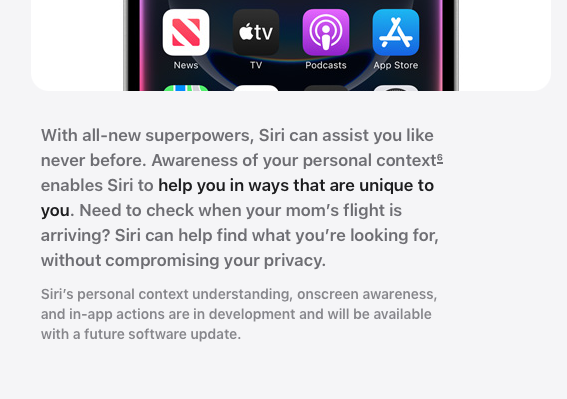Apple has officially stopped signing iPadOS 17.7.7, which means users can no longer downgrade from iPadOS 17.5 to this older version. This change comes shortly after the release of iPadOS 17.5 earlier this week.
When Apple stops signing an iOS or iPadOS version, it prevents users from installing that version through iTunes or Finder. This is part of Apple’s usual process to encourage people to stay on the latest software, which often includes important security updates, new features, and bug fixes.
iPadOS 17.7.7 was mainly designed for older iPads that are not compatible with iPadOS 17. These devices include models like the iPad Pro (9.7-inch and 12.9-inch 1st generation) and iPad (5th generation). For users of those devices, iPadOS 16.7.8 remains the most recent supported version.
If you’ve already updated to iPadOS 17.5, there’s now no official way to go back to 17.7.7. Apple typically makes this move shortly after a new release to protect users and make sure devices are running the most secure and stable version.
This also highlights Apple’s focus on forward compatibility and its intent to keep all supported devices on up-to-date software for better performance and security.







